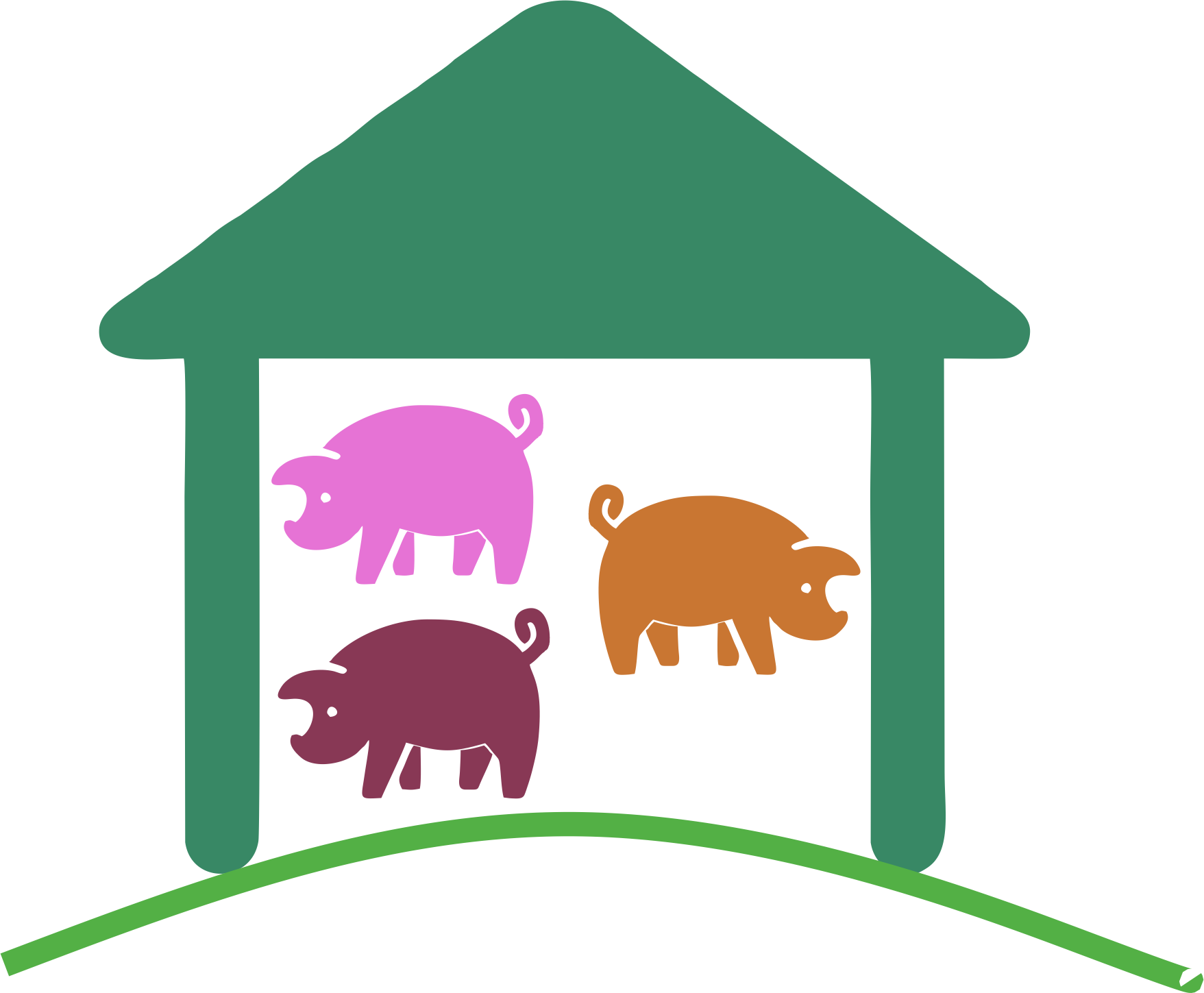
Environmental impact assessment for intensive livestock units (pig farms)
There are more than 1 000 records of environmental impact assessment (EIA) of planned activity submitted to the Unified Register of EIA. The procedure of EIA for types of activity of the first and second categories is a similar. However, the main difference is the submitting of documents to governmental authority that issues a statement of environmental impact assessment: central authority – Ministry of ecology and natural resources of Ukraine or local executive authority; and the scape of required researches in the frameworks of EIA.
We offer to find out more about the special aspects of environmental impact assessment for livestock breeding complexes, especially piggeries or pig farms. In accordance to the law of Ukraine «On environmental impact assessment» prescribed the compulsory conducting of EIA in two cases: launching of intensive stock unit (3 000 places for pigs over 30 kg or 900 places for sows) – the first category, and the second – launching of livestock piggery complex (1 000 places and more, and 500 places and more for sows). The main ecological problem of the exploitation of piggeries is a possible contamination of soils, subsoil waters and water bodies by the dung discharges. The composition of these discharges depends on the quantity of pigs, their weight, quality of the feeding items, way of retention and disposal of dung. Moreover, liquid dung is more hazardous for environment and, in fact, for pig farm because consists of the pathogens that form the harmful gases and are the hazard of infectious diseases occurrence. That`s why, on pig farms must be organized an appropriate control over the collection, retention and disposal of dung discharges.
Environmental impact assessment of pig farms is started from the development and publication of the notification on planned activity in the Unified register of EIA and at least two printed media.
The next stage in the process of environmental impact assessment is a carrying out of the investigations to define the negative levels of impact on human health and environment. Within the EIA should be conducted the researches of an atmospheric air, soils, water bodies and subsoil waters. The results of conducted researches are represented in the report on environmental impact assessment. In addition, the report on EIA includes the received from the community the propositions and comments and data on their acceptance or deflection. Further, developed and approved the report on EIA with the Client is published in the Unified register of environmental impact assessment.
The following stage is a holding of public discussions of the report on environmental impact assessment concerning the launching of pig farm. You can study the procedure of holding of public discussions and hearings in the corresponded Act of Cabinet of Ministers of Ukraine. Due to the results of public discussions, the central or local governmental authority develops and publishes the report on public hearings in the Unified register.
The last stage in procedure of EIA – obtaining the statement of environmental impact assessment. Within 25 business days after holding the public discussions, the central or local authority issues the statement of environmental impact assessment. It is forbidden to start the planned activity of launching the livestock piggeries without the statement of EIA.
Applying to the experienced specialists to conduct the environmental impact assessment you can be ensuring in quality of developed report on EIA and proper control under all stages of procedure of EIA. The specialists of MCL, LLC have experience in environmental impact assessment for pig farms and in case of launching of intensive livestock units. Choosing MCL, LLC, you can be sure in performed work!